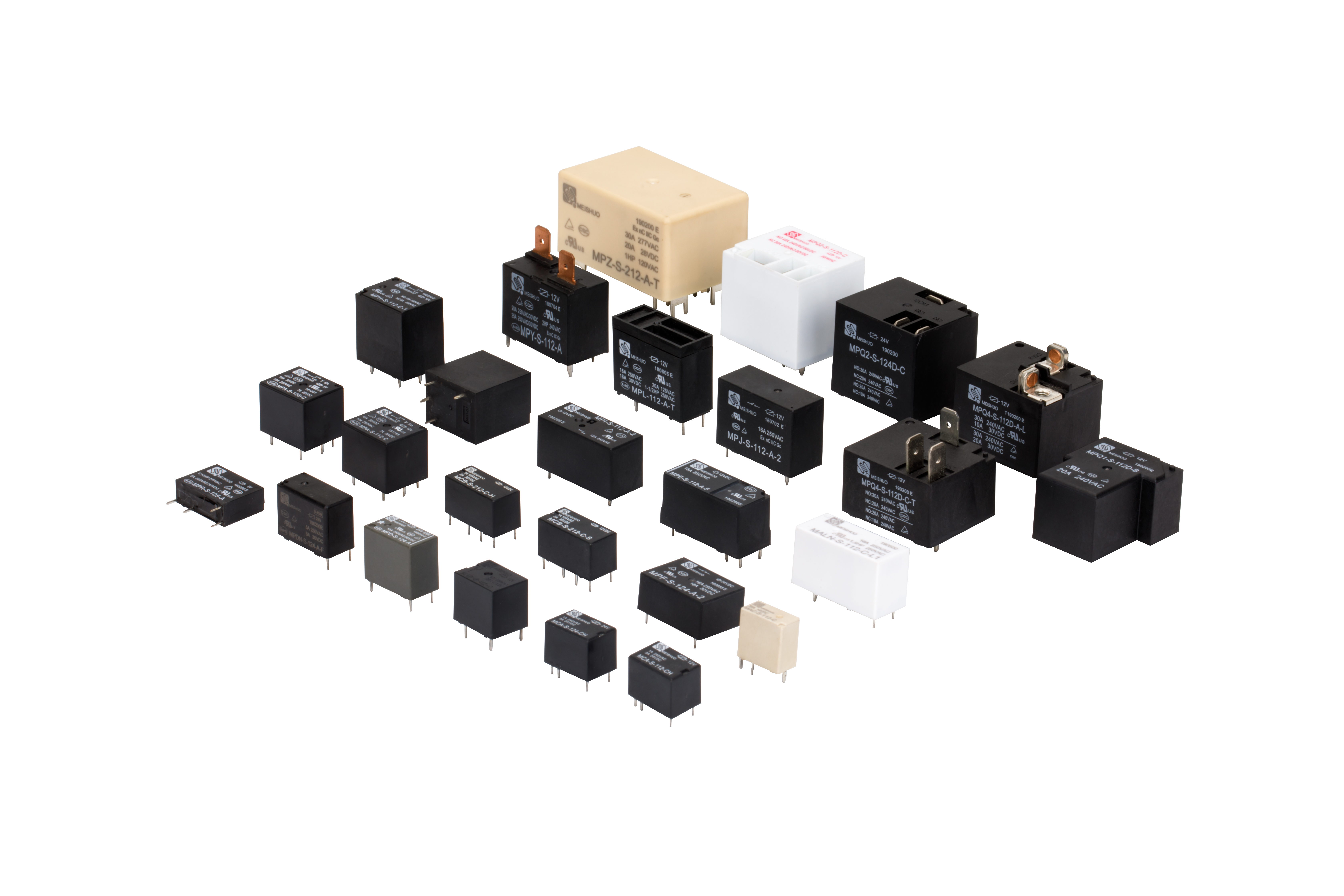understanding relay functions and their applications
Release time:2025-07-04 12:44:35
Relay functions are essential components in the field of electrical engineering and automation systems. A relay is an electrically operated switch that allows one circuit to control another, making it a fundamental part of many systems, from simple devices to complex machinery. In this article, we will explore the various types of relay functions, how they work, and their diverse applications across different industries.

What is a Relay?
A relay is an electromagnetic switch that opens or closes a set of contacts when a control signal is applied. It operates on the principle of electromagnetism, using a coil and a movable armature to control electrical connections. The coil is energized, generating a magnetic field that pulls the armature toward it, causing the contacts to either open or close, depending on the relay's design. This action allows the relay to control high-power circuits with low-power signals, making it a critical element in automation and control systems.
Types of Relay Functions
Switching Functions: The most common relay function is switching. Relays can open or close electrical circuits in response to a control signal. This function is widely used in systems requiring the control of electrical loads, such as lights, motors, or heaters. For example, a thermostat in a heating system uses a relay to turn the heating element on and off based on the room temperature.

